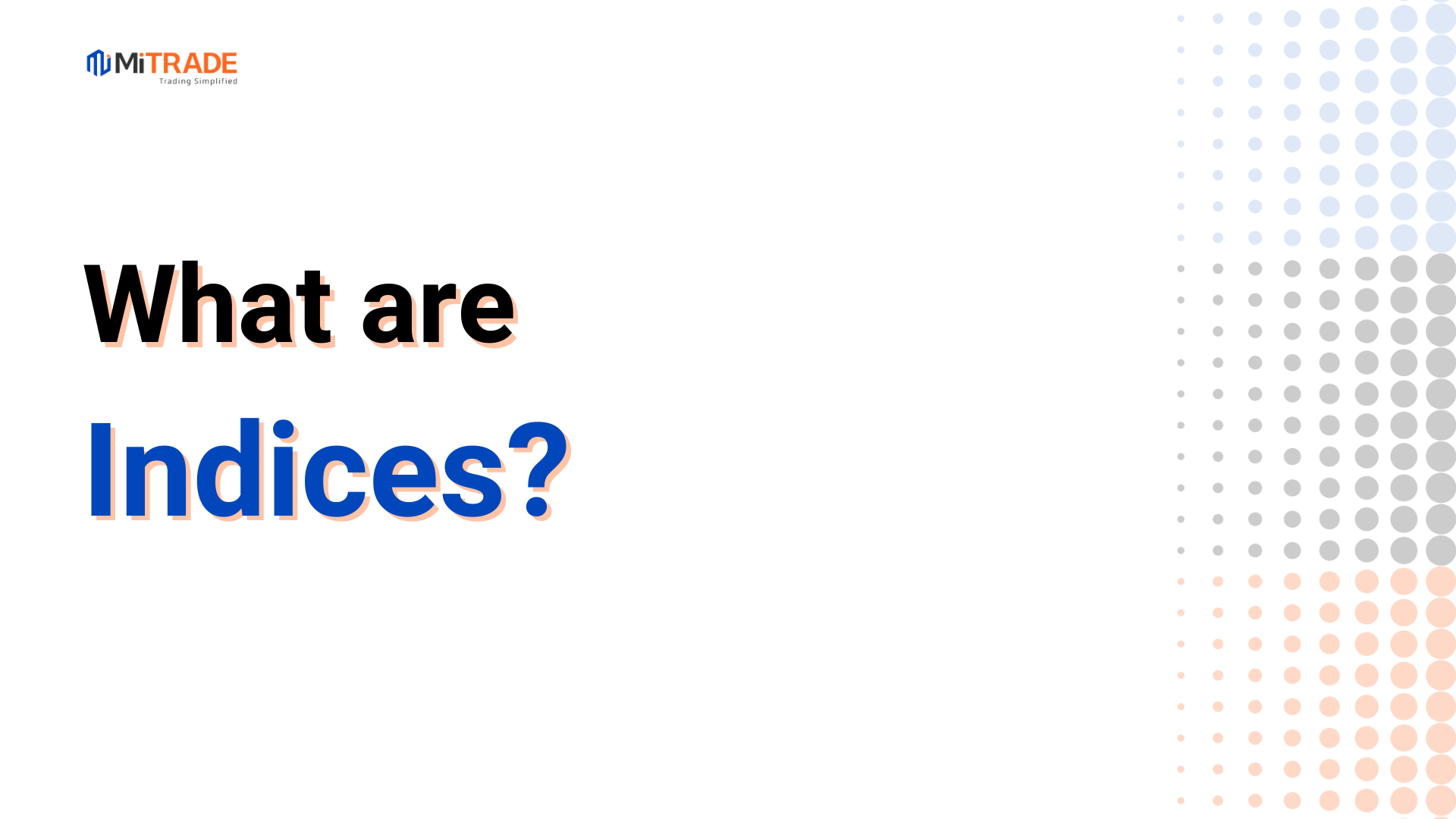
A stock index measures the performance of a group of stocks, reflecting the value of its constituent stocks in the market. It is often used to represent common characteristics of these stocks, such as being traded on the same exchange, belonging to the same industry, or having similar market capitalizations.
1. Common Types of Indices
There are mainly three types of stock indices based on the method of calculation:
Price-Weighted Index: This type assigns each company a weight based on its current share price. Companies with larger share prices have more influence, regardless of their actual size. Examples include the Dow Jones Industrial Average (DJIA) and the Nikkei 225 (JPN225).
Market-Value Weighted Index: Also known as a market-cap weighted or capitalization-weighted index, this type gives more weight to stocks with higher market capitalizations. Large companies have a bigger impact on the index’s performance. Examples include the Standard & Poor's 500 (S&P 500) and the Hang Seng Index (HSI).
Equal-Weighted Index: Also called an unweighted index, this type calculates based on the weighted average number of shares instead of market capitalization. All stocks have an equal impact on the index price, and the index's price change is based on the percentage return of each component.
2. The Largest Indices Worldwide
The largest indices worldwide serve as crucial benchmarks for investors and economists, reflecting the performance and health of global markets.
Major indices such as the S&P 500 in the United States, which tracks 500 of the largest publicly traded companies, and the FTSE 100 in the UK, representing the top 100 firms on the London Stock Exchange, are pivotal for gauging market trends. Other significant indices include the Nikkei 225 in Japan, which captures the performance of leading Japanese companies, and the DAX in Germany, showcasing the top 30 German stocks traded on the Frankfurt Stock Exchange.
Together, these indices provide valuable insights into economic conditions, investor sentiment, and market volatility across different regions and sectors.
Here’s a detailed table showcasing some of the largest indices worldwide, including their country of origin, number of constituents, and key characteristics:
Index Name | Country | Number of Constituents | Key Characteristics |
S&P 500 | United States | 500 | Tracks large-cap U.S. stocks; widely used as a market benchmark. |
FTSE 100 | United Kingdom | 100 | Comprises the largest companies listed on the London Stock Exchange; reflects the UK economy. |
Nikkei 225 | Japan | 225 | Represents 225 large, publicly-owned companies in Japan; known for its focus on blue-chip stocks. |
DAX | Germany | 40 | Tracks the performance of the 40 largest companies on the Frankfurt Stock Exchange; often seen as a barometer of the German economy. |
CAC 40 | France | 40 | Comprises 40 of the largest French stocks listed on Euronext Paris; reflects the performance of the French market. |
Hang Seng Index | Hong Kong | 50 | Represents the largest companies on the Hong Kong Stock Exchange; a key indicator of the Hong Kong economy. |
BSE Sensex | India | 30 | Tracks 30 financially sound and well-established companies listed on the Bombay Stock Exchange; a primary indicator of the Indian stock market. |
ASX 200 | Australia | 200 | Consists of the 200 largest stocks on the Australian Securities Exchange; reflects the performance of the Australian economy. |
Shanghai Composite | China | Varies | Measures all stocks traded on the Shanghai Stock Exchange; a key indicator of China's market performance. |
TSX Composite | Canada | Varies | Represents the largest companies on the Toronto Stock Exchange; reflects the Canadian economy and resource sector. |
3. Summary
Indices are benchmarks used to track the performance of a group of stocks, representing a specific segment of the market. The most common types include stock indices, bond indices, and commodity indices. Some of the largest and most influential indices globally are the S&P 500, FTSE 100, Nikkei 225, and DAX, which serve as indicators of economic health and investment performance.
Before making any trading decisions, it is important to equip yourself with sufficient fundamental knowledge, have a comprehensive understanding of market trends, be aware of risks and hidden costs, carefully consider investment targets, level of experience, risk appetite, and seek professional advice if necessary.
Furthermore, the content of this article is solely the author's personal opinion and does not necessarily constitute investment advice. The content of this article is for reference purposes only, and readers should not use this article as a basis for any investment decisions.
Investors should not rely on this information as a substitute for independent judgment or make decisions solely based on this information. It does not constitute any trading activity and does not guarantee any profits in trading.
If you have any inquiries regarding the data, information, or content related to Mitrade in this article, please contact us via email: insights@mitrade.com. The Mitrade team will carefully review the content to continue improving the quality of the article.






